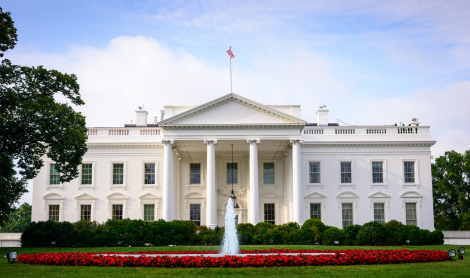This month, four professors from around the country released an article accusing the charter school sector of developing conditions reminiscent of the subprime mortgage crisis. The paper provides a summary of changes in mortgage lending practices, dating back to the 1970s, and compares those changes to certain claims about the attributes of charter schools.
Subsequent media coverage of the article not only exaggerates the significance of the article by calling it “a study,” (the authors themselves describe their piece as “an article” in the Abstract), but worse makes serious claims about authorizing that are factually wrong.
We get it. For many, authorizing is at best complex. But had the authors taken the time to talk to authorizers around the country, they would have come to the clear conclusion that authorizing is anything but convoluted; it’s based on three simple principles:
-
Make decisions that protect the interests of students and the public.
-
Make decisions that hold charter schools accountable to their promises.
-
Make decisions that help charter schools have the freedom to innovate.
Below are three claims about authorizing the article makes which are not only incorrect, but, in light of the principles above, deliberately misleading.
Claim #1: “…a major reason for charter school waiting lists is the lack of charter school authorizing options…supporters of charter school expansion have called for states to increase the number of independent authorizers, such as higher education institutions and not-for-profit organizations, which are not beholden to LEAs” (p.10).
The Facts: The method advocated by NACSA and others to address waiting lists is by expanding the number of quality schools available to children, families and communities–not to increase the number of authorizers. In fact, and even as cited in the article in the conclusions, NACSA is against rapid expansion of authorizers due to the dangers of authorizer shopping, unequal quality, etc.
We support few, high-quality authorizers in every state and praise states like Indiana that have taken steps to stop authorizer shopping.
Claim #2: Charter school authorizers play a role similar to mortgage originators in that they decide whether to issue charters” (p. 10).
The Facts: Unlike most mortgage originators, virtually all charter school authorizers are public officials. With the exception of a few private higher education institutions and not-for-profit organizations (who collectively oversee less than 10% of all public charter schools across the country), virtually all authorizers are public employees. They are employees of state government (state education agencies), city government (non-educational governmental authorizers, which are municipal authorizers), local school district government, staff of many independent chartering boards (and board members who are appointed by publicly elected officials).
And public officials have different motivations and risk tolerance, which make them poor comparisons to mortgage originators.
Claim #3: The paper states “Because of the reluctance of LEAs to issue a large number of charters, supporters of charter school expansion have called for states to increase the number of independent authorizers, such as higher education institutions and not-for-profit organizations, which are not beholden to LEAs. (pg.10)
The Facts: Many school districts across the country are not reluctant to issue a large number of charters. Some of our nation’s largest school districts operate more than 50 charter schools. In addition, four of the nine authorizers with 100 or more schools in the country are local school districts.
Public School District |
Number of Charter Schools Operating (2014-2015) |
| Los Angeles Unified School District | 264 |
| Chicago Public Schools | 132 |
| Miami Dade County Public Schools | 128 |
| Broward County Public Schools | 102 |
| Philadelphia School District | 87 |
| New York City Chancellor’s Office | 70 |
| Educational Service Center of Lake Erie West | 60 |
| Palm Beach School District | 53 |
We’ll leave it the other great critiques of the article to take on some of the many additional serious errors and disturbing assumptions made by the authors.
All authorizers—local school districts or other types—play an important role in creating and sustaining quality of charter schools throughout the country. They must only approve schools that are most likely to be quality options for their communities, and must take action when a school fails to live up to its promise.
It’s sad to see would-be reputable researchers bypass evidence and simplify a complex profession in order for a pop-culture news hook. But it seems that there will always be an Edushyster eager to take the bait.
Editor’s Note: For another NACSA viewpoint on the financial bubble article, we recommend Greg Richmond’s piece exploring the disturbing argument behind the comparison.


